The aims of rewilding resonate with a lot of people, however not everyone has the time or knowledge required to assess the value and feasibility of different interventions. That’s why we have developed a rewilding project selection process that ensures that our member’s support has the greatest possible impact. Here we let you in on this process so that you can understand how we work and feel confident that these projects are worthwhile. Before deciding whether to support a rewilding project, we carry out a systematic selection process and check if the project meets the following criteria.
Objectives
To be suitable, the project must aim to achieve one or more of these objectives that are central to rewilding.
- Restore key ecosystem processes
- Improve habitat integrity and connectivity
- Restore biodiversity and/or abundance of native species
- Reduce human influence on the landscape
We also favour rewilding projects that can demonstrate broader socio-economic and environmental benefits, such as:
- Provide greater economic value to local communities
- Prevent spread of invasive species, floods and soil degradation
- Result in increased carbon sequestration
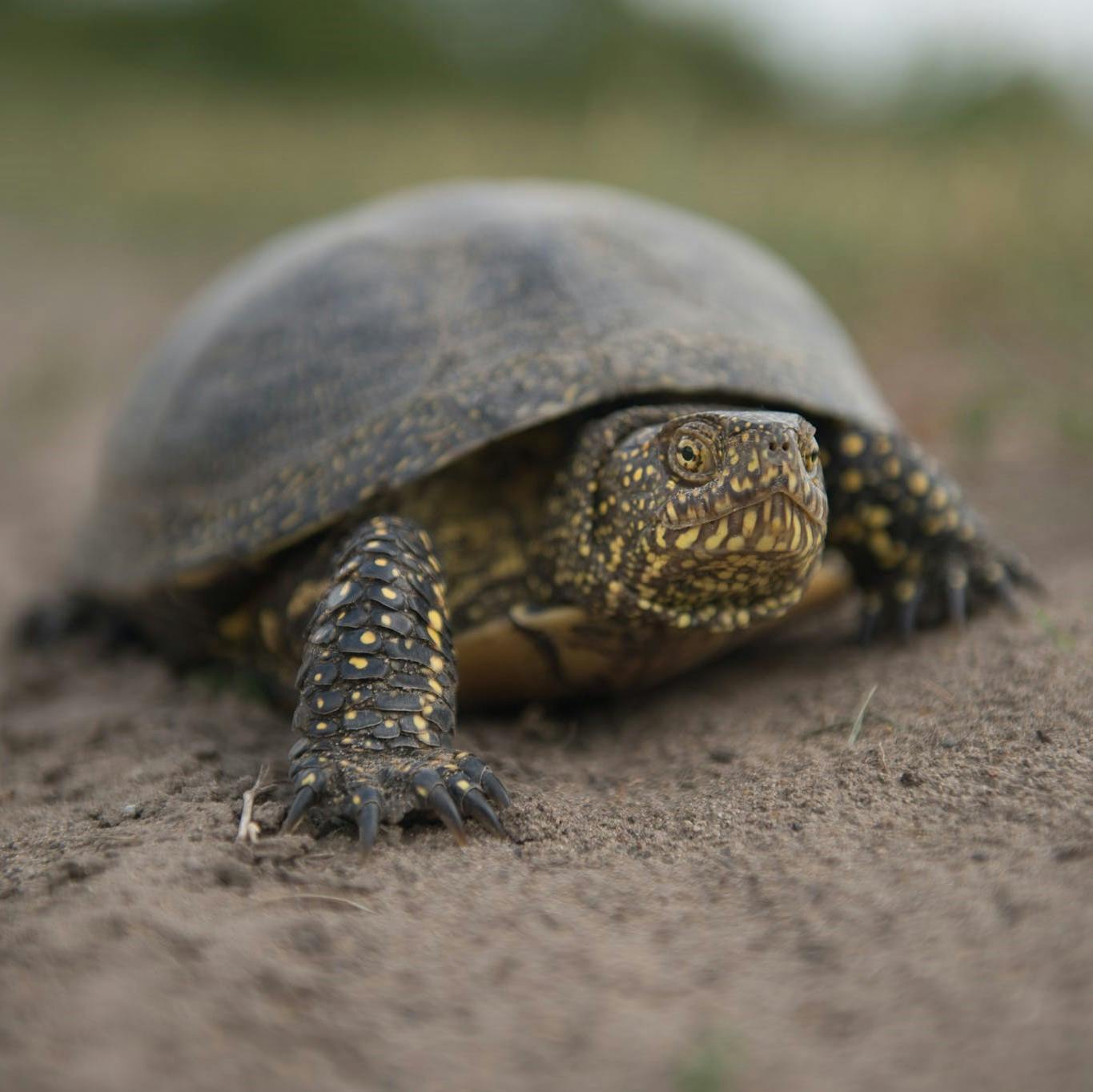
Rationale for a Rewilding Project
Is the ecological problem and proposed solution supported by sound scientific evidence and ecological theory?
Interventions on an ecosystem can have cascading consequences on many species and processes. And this is exactly the reason small rewilding projects are a powerful tool for restoration. However, this complexity often makes it difficult to predict the impact of an intervention. Therefore, a good rewilding project will back up predictions with scientific evidence and acknowledge remaining uncertainties.
If the rewilding project aims to implement a novel intervention for which there is limited empirical evidence, the rationale should be based on ecological theory and properly referenced. In this situation, it is crucial to evaluate unwanted impacts and how to deal with them should they occur (see adaptive approach below). Although it may be tempting to focus only on scaling up well studied interventions, we think innovation is necessary if we are to reap the full potential of rewilding. Therefore, we also value well thought out research projects that will provide the evidence we need to make rewilding efforts more effective.
In all cases we also consider what would happen if we did not support the project to understand if there really is a clear cost of inaction. By assessing additionality in this way, we can determine the extent to which the positive impacts actually result from the support of our members.
Context
Does the project fit with the wider context of ecological restoration for the area?
Even small-scale rewilding projects should be carried out with the big picture in mind. If a species is being released or translocated, is there enough habitat to support it? What consequences will this have beyond the site level? Failure to consider the broader picture could lead to ineffective projects or conflict with stakeholders. To prevent this, we only support projects that make sense within the context of ecological restoration and conservation of the area where they are implemented.
Are the actual drivers of ecological degradation addressed?
For projects to be successful in the long term it is important that the problems that led to the original issue are addressed. For example, efforts to re-introduce a top predator in an area where its demise was the result of a declining prey population are bound to fail if prey numbers don’t increase. Similarly, if human-wildlife conflict was the issue that originally drove a species away, measures must be in place to mitigate this problem.
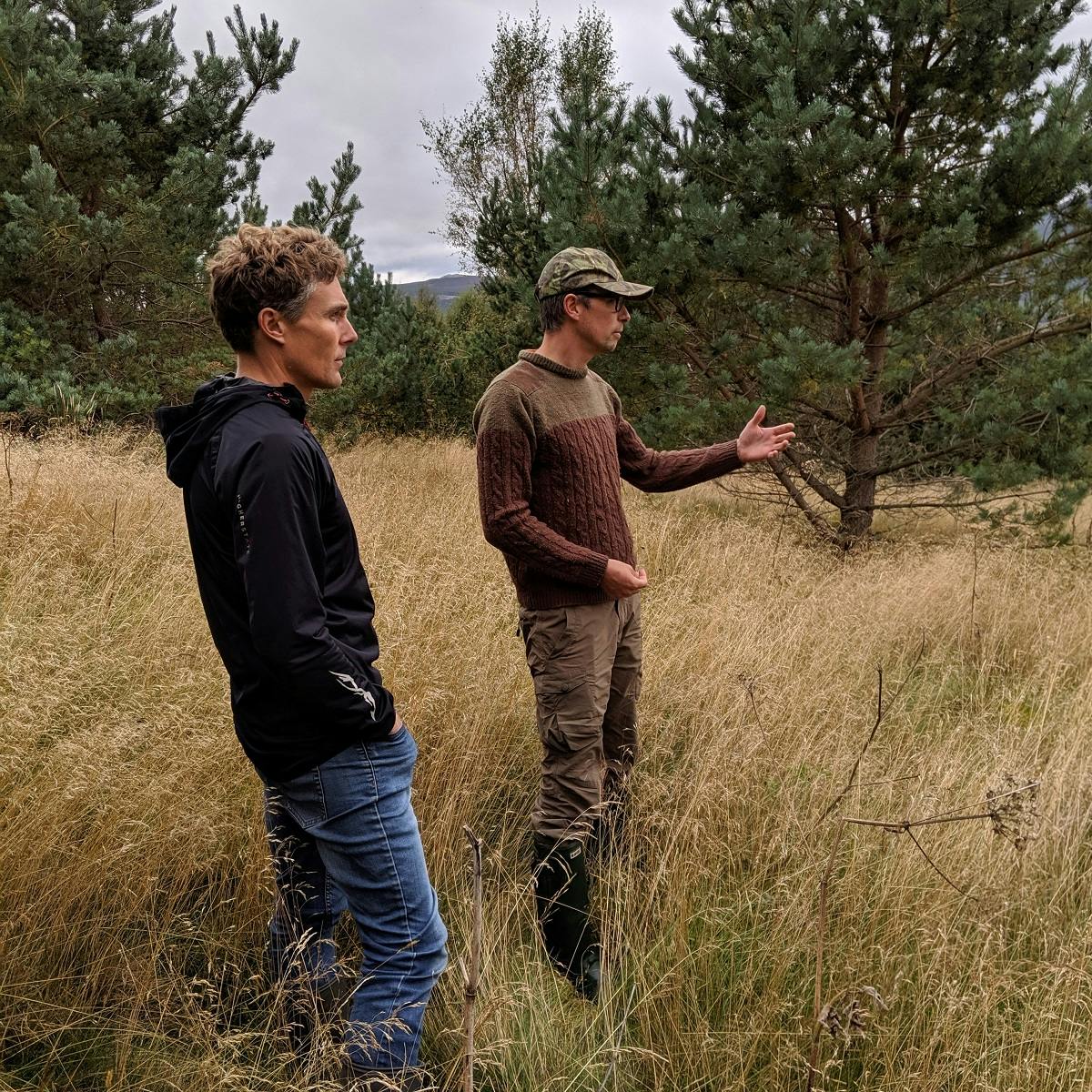
Adaptive approach
Is there a sound strategy to monitor the impact of the project and effectively change practices based on incoming data?
Nature can be messy and unpredictable and so we must be flexible as we give it a helping hand. Possible outcomes should be considered before implementation so that practices can be changed quickly when challenges come up. However, if the primary goal of the project is to test an intervention for research purposes, being consistent with the methodology is often more important and changes should only be made to avoid negative consequences. Essentially, projects should be designed in a way that ensures that they either implement a successful intervention or, if this fails for some unexpected reason, they still provide an important lesson that will be useful to advance rewilding research.
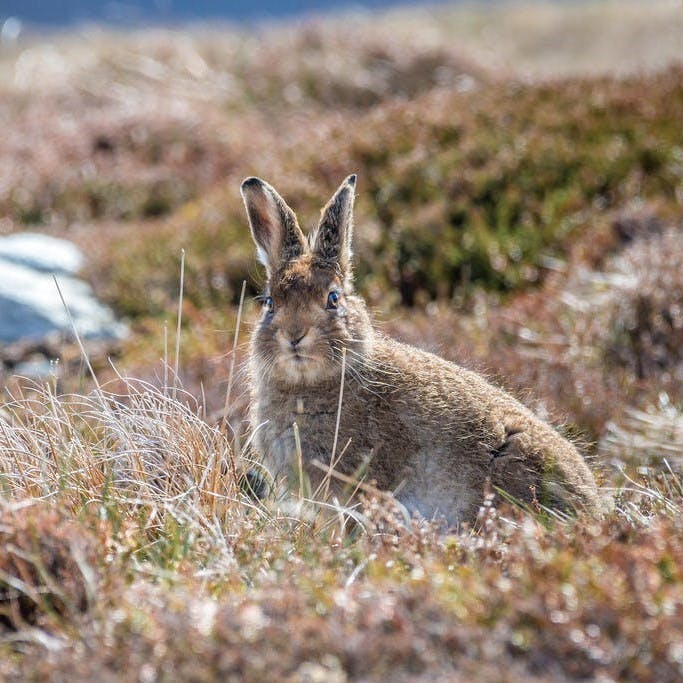
The Rewilding Vote
Once the projects have gone through our selection process, we allow our members to vote on which of them will be implemented. By getting our members involved in this process we ensure that we are supporting the initiatives that are most interesting and meaningful for them. However, since we have chosen every project option carefully with our selection process we know that whichever project wins is worth implementing.
Implementation & Monitoring
As soon as the rewilding project is chosen, we create a management plan with our partners where we agree on a specific timeline for the intervention and monitoring. From this point on, we do our best to take our members on the journey that is the implementation of an exciting rewilding project. We keep them up to date with the progress and share any data, photos and videos as they come in. At this point, we also provide opportunities for members to gain first-hand knowledge of what rewilding and ecological restoration entails and to get a more personal interaction with the amazing people that are doing this work. Through our Q&A sessions and podcasts we hope to make every member feel that they are part of the team.
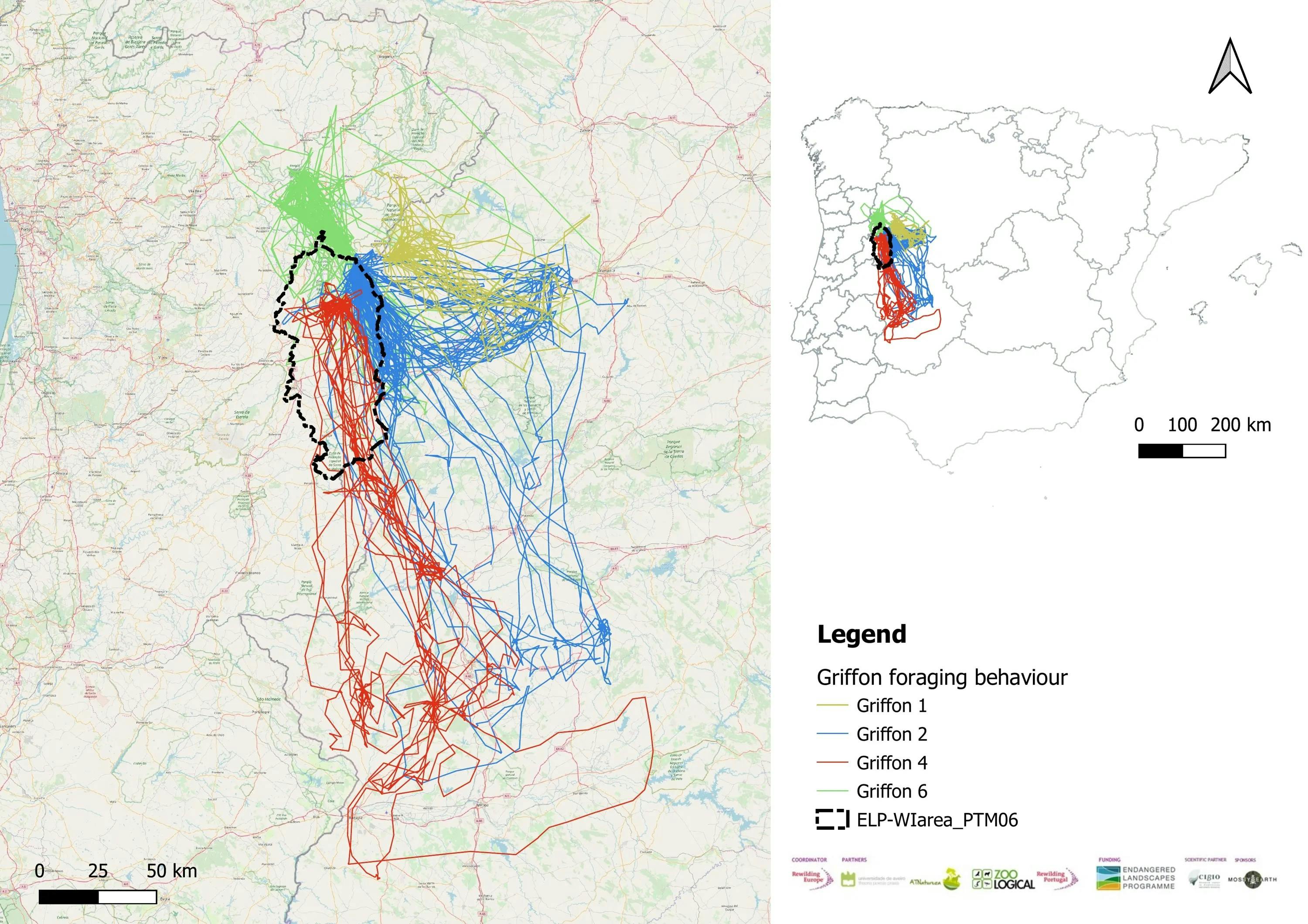
Technology
A significant amount of our rewilding work relies on the use of technology. The two types of technology we work with the most are camera traps and wildlife tracking technology. Both of these allow us to monitor wildlife populations in very different ways. Camera traps are a non-invasive tool, placed systematically or randomly in the field to capture images or videos of the local wildlife or target species. These cameras can be used to gather species lists for an area, species richness estimates, behavioural data and even estimates of population size. Electronic trackers, in contrast, require individual animals to be trapped and fitted with an appropriate tracker (collars, harnesses, tags etc.) to monitor their movements and behaviour over time. Certain types of data can only be collected using this kind of technology, in which case a more invasive approach may be necessary to provide vital data for the conservation of the target species.

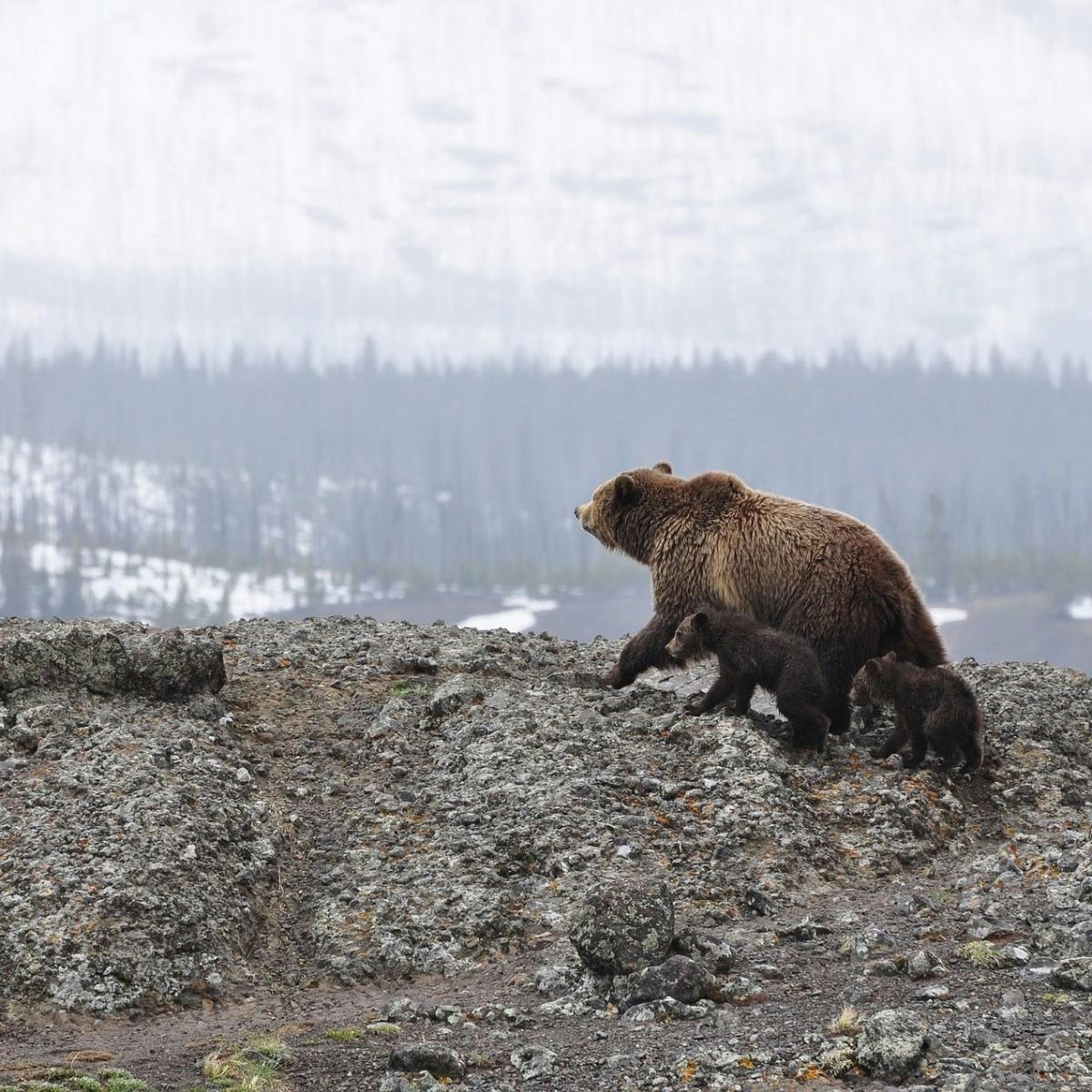
FAQs
What is rewilding?
Rewilding is an approach to conservation that aims to restore ecosystem processes and return degraded landscapes to ecologically dynamic healthy ecosystems. It is based on the premise that nature can take care of itself. We can, however, give it a helping hand and create the right conditions by restoring vital ecosystem processes like predation, grazing, regeneration and decomposition. Rewilding is therefore about reducing human control over the land. It does not mean removing people from the land entirely. In fact, in these wilder landscapes, people and planet can flourish together.
How can rewilding help fight climate change?
Rewilding offers an opportunity to combat and mitigate the current ecological and climate crisis. Functioning ecosystems can provide vital ecosystem services such as oxygen production, water purification and flood prevention as well as providing food, medicine and valuable resources. They can also regulate the climate. For example, planting trees can help sequester CO2 from the atmosphere. Restoring predator-prey dynamics can ease browsing pressure on forests, helping support natural regeneration and carbon sequestration. These are just some of the ways rewilding can help fight climate change.
Can rewilding help prevent the 6th mass extinction?
By restoring ecosystems, rewilding can contribute to the conservation of vulnerable species at risk of falling victim to the world’s 6th mass extinction. By restoring habitats, reintroducing keystone species, reconnecting isolated populations, reconstructing food chains, and all the other benefits of rewilding, we can help prevent more species from going extinct.
I want to learn more about rewilding? What should I do?
You can delve into the wonderful world of rewilding through our rewilding page where we’ve published a variety of different articles on the topic of rewilding. There you can learn more about the theory behind rewilding, the methods involved, and the impacts and benefits rewilding can bring.
Are your rewilding areas open to the public?
Yes they are, but please contact us first so that we can help you arrange your visit.
Sources & further reading

- “Rewilding European Landscapes” - Springer Link
- “Feral: Searching for Enchantment on the Frontiers of Rewilding” - George Monbiot